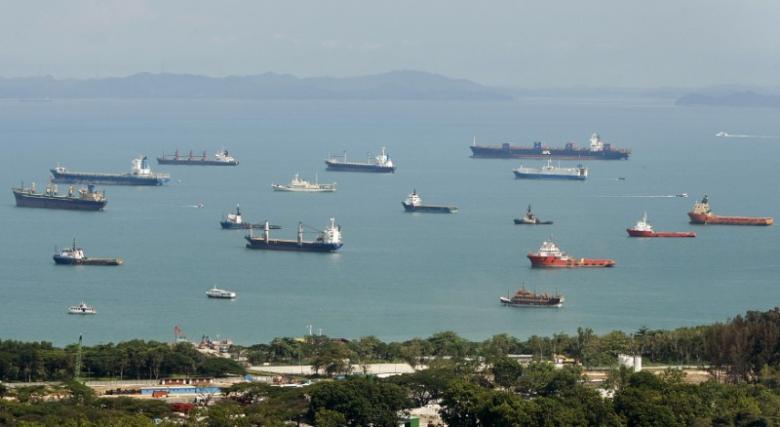Shifts in the way a commodity is priced often result from major economic and world events and coking coal is no exception, having witnessed the pricing mechanism for long-term contracts move from annual negotiations toward spot-linked pricing over 2010-2012 as spot prices crashed due to a sovereign debt crisis in Europe, a shaky US recovery from the 2008 global financial crisis and China’s sagging under the weight of ballooning domestic steel capacity.
While earlier annual benchmark negotiations were led mainly by major steelmakers in Japan and Europe, Chinese steelmakers had an increasing say through their activity in spot markets as growing steel capacity fueled their appetite for coking coal imports.
More than a decade on, the coking coal market has not looked back on its price indexation journey, although a new set of events – the pandemic, China’s unofficial ban on Australian coal, erratic weather and the Russia-Ukraine war – may see a change of guard in terms of spot market activity, chiefly by India and Russia.
Brave old world
The path that coking coal embarked on in its indexation journey is a well-trodden one. Not only did iron ore pave the way a couple of years earlier, when then BHP Billiton CEO Marius Kloppers broke away from the annual benchmark system in favor of spot pricing – many other commodity markets effectively already had some form of floating price mechanism in place based on published price indices, including assessments published by Platts, part of S&P Global Commodity Insights.
While vestiges remain, as in the case of some semi-soft coal and pulverized coal injection contracts which are set via quarterly negotiated fixed prices in Northeast Asia, the wave of indexation has been inexorable.
The implicit understanding in the coking coal market was that BHP, as the biggest producer of coking coal, would dedicate a portion of output to the spot market to support price discovery, whether via bilateral negotiations or on trading platforms.
This unspoken compact was broadly seen to have served the market well, as long as a steady stream of spot supply flowed and allowed daily supply-demand fundamentals to determine where prices were assessed and published, which when averaged, let buyers and sellers effectively do away with long-drawn price negotiations.
The stage was therefore set, with one of the key conditions in the evolution of any commodity market toward proper price risk management fulfilled. The other key condition is the growth of a corresponding paper market for market participants to hedge their price exposure or speculate on future price directions.
Today, the metallurgical coal market has made inroads in index-linked pricing but is yet to see the derivative market develop to a meaningful size for efficient hedging and speculation.
Market participants see the low liquidity in the derivative market as a barrier to entry, although a chicken-and-egg problem presents in that some cite the low liquidity as precisely the reason why they are not entering the paper market.
China held sway as top buyer
Before China’s unofficial ban on Australian coal imports in October 2020, it was the biggest spot buyer of seaborne metallurgical coal.
Leaning on rich domestic coal resources, Chinese buyers often tapped imports of seaborne coals opportunistically, especially premium brands with high coke strength after reaction and low volatile matter that served the needs of the ever-growing sizes of their blast furnaces, especially in coastal regions.
Source: Hellenic Shipping News






